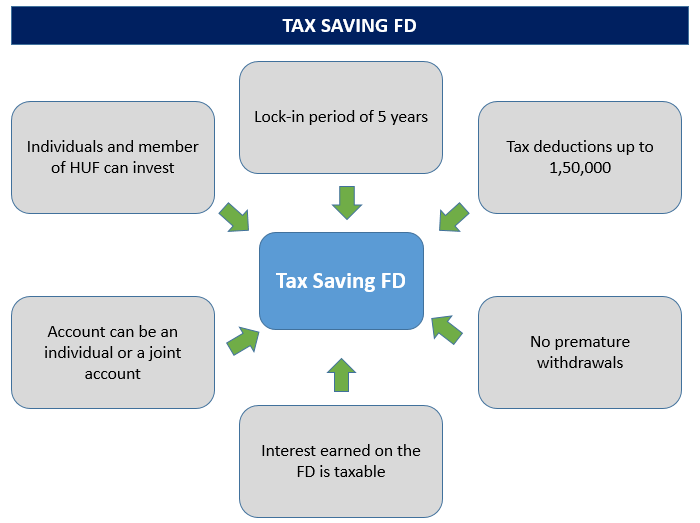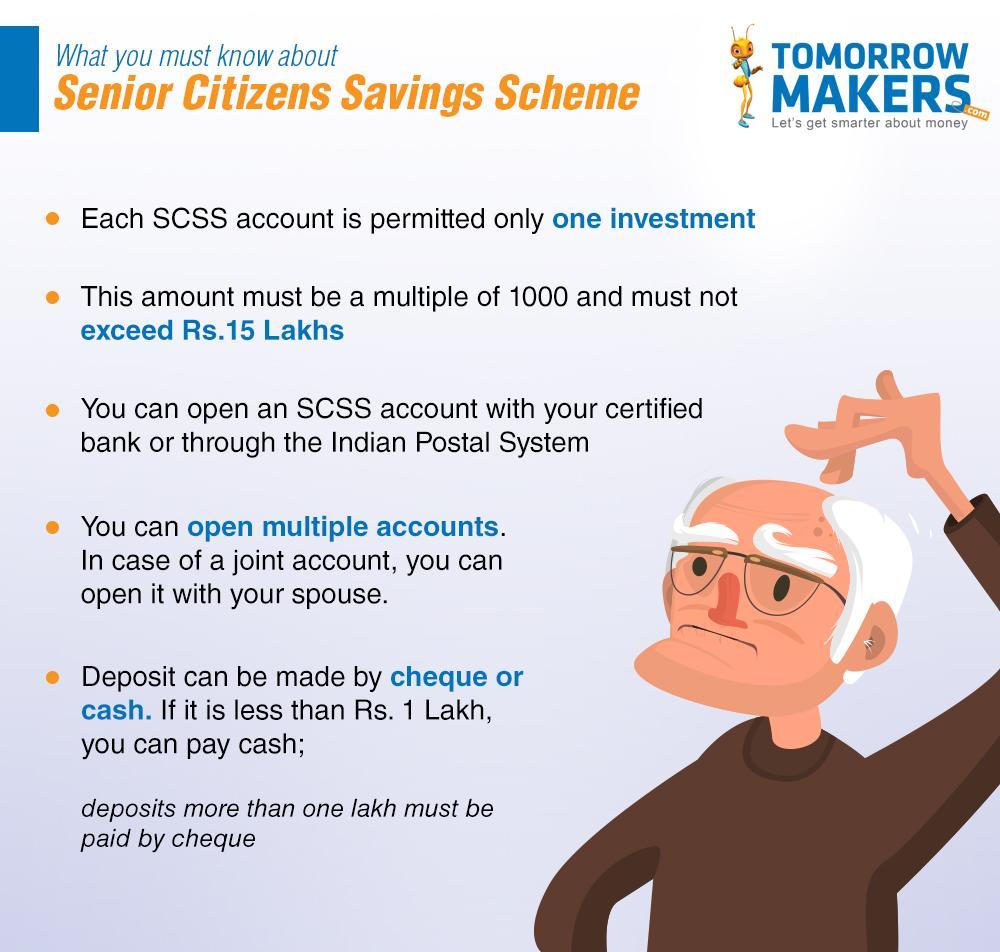Affordable Premiums | Extensive Coverage | Tax Benefit
Section 80C of the Income Tax Act is of great significance for taxpayers who want to reduce their income tax liability. The section provides for many investment options and expenses that can be deducted from your total income. Here’s a look at the comprehensive section 80C deduction list.
Investments that are eligible for tax benefits under section 80C:
Section 80C of the Income Tax Act allows you to claim certain investments as deductions from your total income, thereby lowering your total tax liability. Explained below are the investments that are eligible for tax benefits.
Life/term insurance premium
Any premium that you pay towards a life/term insurance plan can be claimed as a deduction under section 80C. The premiums paid must be for insuring yourself, your spouse, dependent children, or any member of a HUF only. If the insurance plan was bought before March 31, 2012, the annual premium up to a maximum of 20% of the sum assured is allowed as deduction. For policies issued on or after April 1, 2012, the limit has been reduced to 10% of the sum assured.
For instance, the Bajaj Allianz Life Smart Goal Protect plan, available on Bajaj Markets, is a term plan that can help you reduce your tax burden in addition to enjoying a protective life cover. With affordable premiums, you’re eligible for a cover of up to Rs. 1 crore. In addition to the tax benefits offered by the plan, it also offers a protective add-on cover spanning across 55 critical illnesses and comes with an option to add your spouse onto the benefits, as part of the joint life cover variant.
Investment in provident fund
Investments that you make in a Public Provident Fund (PPF) account are eligible for tax benefits under section 80C. However, PPF accounts carry a deposit limit of Rs. 1.5 lakh per financial year. If you’re a salaried employee, your contribution towards your Employee’s Provident Fund (EPF) account can also be claimed as a deduction.
Tax-saving fixed deposits
You can claim a maximum deduction of Rs. 1.5 lakh by investing your money in special tax-saving fixed deposit schemes offered by banks and financial institutions. Unlike traditional fixed deposits, these come with a lock-in period of 5 years. Due to this, premature withdrawal of your deposit is not allowed.

Source: fincash.com
National Savings Certificate (NSC)
National Savings Certificate is a post office investment scheme initiated by the Government of India. It is a highly secure form of investment with very low risk. You can choose between two lock-in periods, namely a 5-year term or a 10-year term. And here as well, premature withdrawal of your investment is not possible.
Sukanya Samriddhi Yojana
A savings scheme dedicated especially for girl children, the Sukanya Samriddhi Yojana is another great investment option under the 80C deduction list. Parents or legal guardians can open an account under this scheme for a girl child who is below 10 years of age. The account can remain operational till the girl child reaches 21 years of age.
Equity Linked Savings Scheme (ELSS)
An Equity Linked Savings Scheme is essentially a tax-saving mutual fund. The lock-in period for this scheme, which stands at a mere 3 years, is the lowest among all the other investment options under section 80C. As the performance of an ELSS is linked directly with that of the financial markets, the potential for returns is also higher.
Senior citizens savings scheme
Crafted especially for citizens above the age of 60, the senior citizens savings scheme qualifies for tax benefits under section 80C. Backed by the Government of India, the minimum lock-in tenure for the scheme is set at 5 years, with an option for extending it by another 3 years. Individuals who have attained 55 years of age are also eligible for investing in this scheme, provided that they retire under the Voluntary Retirement Scheme (VRS).

Source: tomorrowmakers.com
Expenses that are a part of the 80C deduction list:
Investments are not the only tax benefits offered under the 80C deduction list. Certain expenses that you incur during a financial year are also deductible. Some of these outlays are explained below.
Stamp duty and registration charges
If you’ve purchased any property in a financial year, the stamp duty and registration charges that you’ve incurred can be claimed as a deduction under section 80C. However, the possession of the property and the payment of stamp duty and registration charges must occur in the same financial year.
Children’s tuition fees
Any tuition fees paid for the full-time education of your children can be claimed as a deduction. The educational institution on the receiving end has to be registered and based in India. This deduction benefit is limited only to 2 children. If there are more than 2 children in a household, then both the parents can claim tax benefits for 2 children’s fees.
Principal repayment of housing loan
If you’ve taken a housing loan for construction or for purchase of a property, the principal amount that has been repaid in that financial year can be claimed as a deduction. This benefit is applicable only on completed construction projects. Additionally, if the property is transferred within 5 years of possession, the tax benefits availed till the transfer shall become taxable.




